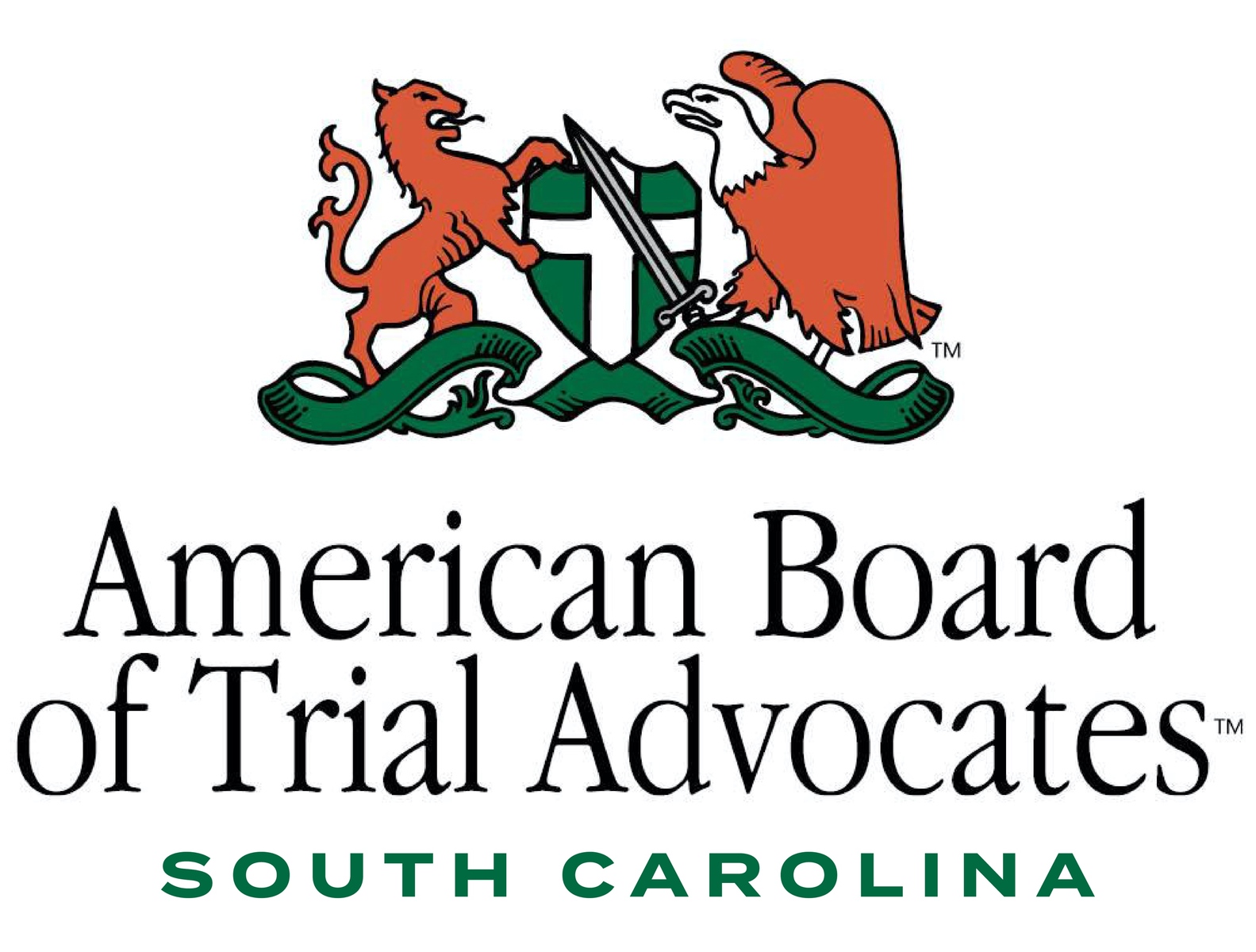 South Carolina ranks as the 2nd worst in DUI related fatalities in the nation based on National Highway Traffic Safety Administration’s (NHTSA) National Center for Statistics and Analysis. Drunk drivers kill innocent people, or result in serious injuries that have devastating effects on families. It is illegal to operate a motor vehicle in South Carolina with a blood alcohol content of .08 or higher. In fact, all 50 States, the District of Columbia, and Puerto Rico have by law set a threshold making it illegal to drive with a BAC of .08 g/dL or higher. In 2017 there were 10,874 people killed in alcohol-impaired- driving crashes, an average of 1 alcohol-impaired-driving fatality every 48 minutes. These alcohol- impaired-driving fatalities accounted for 29 percent of all motor vehicle traffic fatalities in the United States in 2017. Of the 10,874 people who died in alcohol-impaired-driving crashes in 2017, there were 6,618 drivers (61%) who had BACs of .08 g/dL or higher. The remaining fatalities consisted of 3,075 motor vehicle occupants (28%) and 1,181 nonoccupants (11%).
South Carolina ranks as the 2nd worst in DUI related fatalities in the nation based on National Highway Traffic Safety Administration’s (NHTSA) National Center for Statistics and Analysis. Drunk drivers kill innocent people, or result in serious injuries that have devastating effects on families. It is illegal to operate a motor vehicle in South Carolina with a blood alcohol content of .08 or higher. In fact, all 50 States, the District of Columbia, and Puerto Rico have by law set a threshold making it illegal to drive with a BAC of .08 g/dL or higher. In 2017 there were 10,874 people killed in alcohol-impaired- driving crashes, an average of 1 alcohol-impaired-driving fatality every 48 minutes. These alcohol- impaired-driving fatalities accounted for 29 percent of all motor vehicle traffic fatalities in the United States in 2017. Of the 10,874 people who died in alcohol-impaired-driving crashes in 2017, there were 6,618 drivers (61%) who had BACs of .08 g/dL or higher. The remaining fatalities consisted of 3,075 motor vehicle occupants (28%) and 1,181 nonoccupants (11%).
Key Findings
- In 2017 there were 10,874 fatalities in motor vehicle traffic crashes involving drivers with BACs of .08 g/dL or higher. This totaled 29 percent of all traffic fatalities for the year. (Note: It is illegal in every State to drive with a BAC of .08 g/dL or higher.)
- An average of 1 alcohol-impaired-driving fatality occurred every 48 minutes in 2017.
- The estimated economic cost of all alcohol-impaired crashes (involving alcohol-impaired drivers or alcohol- impaired nonoccupants) in the United States in 2010 (the most recent year for which cost data is available) was $44 billion.
- Of the traffic fatalities in 2017 among chil- dren 14 and younger, 19 percent occurred in alcohol-impaired-driving crashes.
- The 21- to 24-year-old age group had the highest percentage (27%) of drivers with BACs of .08 g/dL or higher in fatal crashes compared to other age groups in 2017.
- The percentage of drivers with BACs
of .08 g/dL or higher in fatal crashes in 2017 was highest for fatalities involving motorcycle riders (27%), comparedto passenger cars (21%), light trucks (20%), and large trucks (3%). - The rate of alcohol impairment among drivers involved in fatal crashes in 2017 was 3.6 times higher at night than during the day.
- In 2017 among the 10,874 alcohol- impaired-driving fatalities, 68 percent (7,368) were in crashes in which at least one driver had a BAC of .15 g/dL or higher.
There is some good new too — Fatalities in alcohol-impaired-driving crashes decreased by 1.1 percent (10,996 to 10,874 fatalities) from 2016 to 2017. Alcohol- impaired-driving fatalities in the past 10 years have declined by 7 percent from 11,711 in 2008 to 10,874 in 2017. The national rate of alcohol-impaired-driving fatalities in motor vehicle crashes in 2017 was 0.34 per 100 million vehicle miles traveled (VMT), down from 0.35 in 2016. The alcohol-impaired-driving fatality rate in the past 10 years has declined by 13 percent, from 0.39 in 2008 to 0.34 in 2017. At the Goings Law Firm, we believe that one DUI related fatality is one too many. Drinking and driving have consequences, and it’s our mission to make sure at the drunk driver pays for the injuries and harm they inflict on the innocent. If you or a loved one has been a victim of a drunk driver related motor vehicle crash, call us today for a free, no obligation, consultation– the number is 803-350-9230.
Source: National Center for Statistics and Analysis. (2018, November). Alcohol- impaired driving: 2017 data (Traffic Safety Facts. Report No. DOT HS 812 630). Washington, DC: National Highway Traffic Safety Administration.
https://crashstats.nhtsa.dot.gov/Api/Public/ViewPublication/812630






























